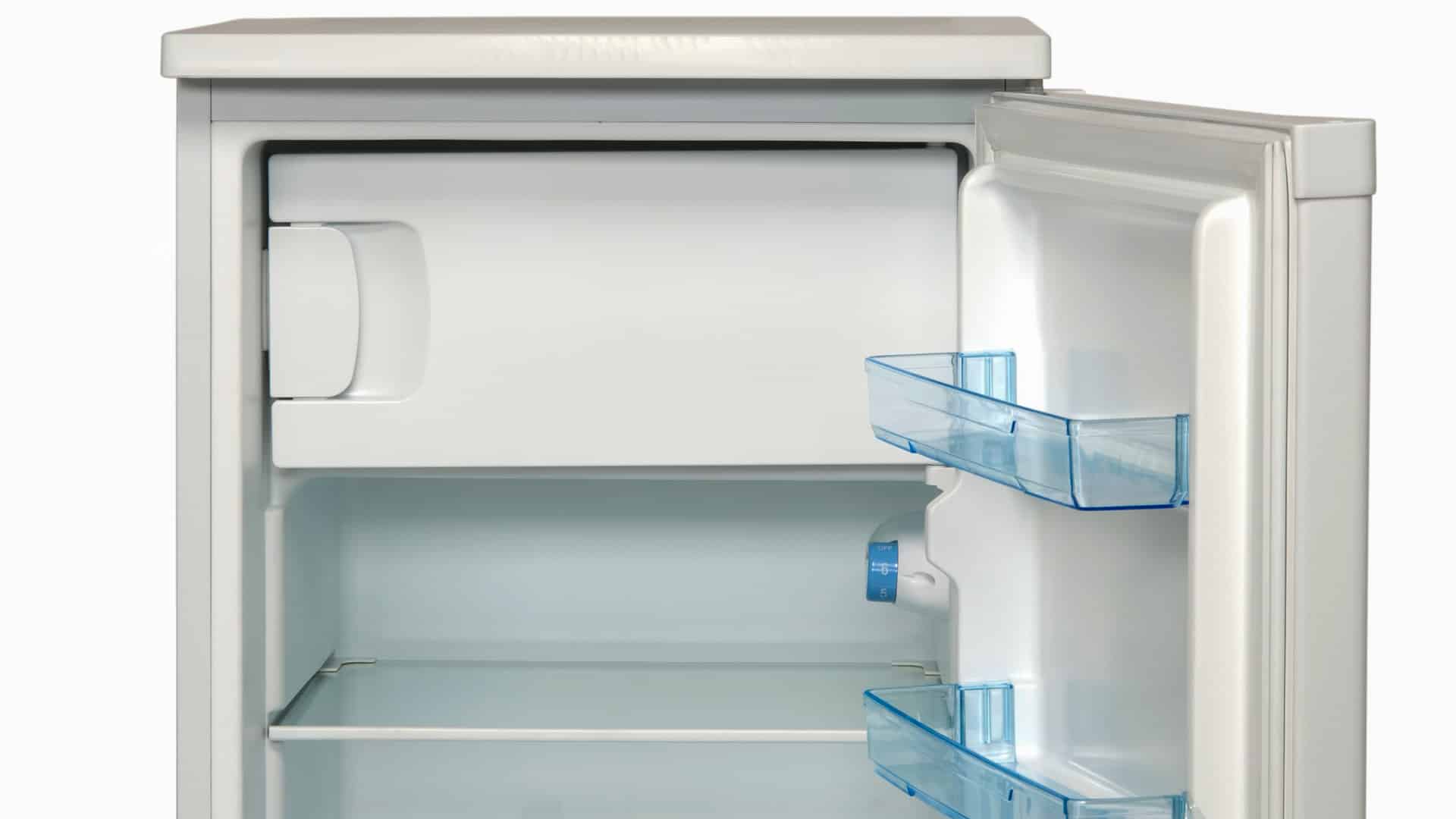
Since the job of a mini fridge is to keep drinks and food items cool and fresh, it’s pretty annoying when it fails to do that. However, there can be several reasons why your mini fridge isn’t cooling properly, some of which you’ll be able to fix and others perhaps not.
This article will run through the most common reasons a mini fridge isn’t cooling, helping you to identify the cause while offering tips on resolving the issue.
What to check first
Now, before we dive in, it’s a good idea to check the most obvious culprits quickly in case they’ve been overlooked:
Does the Fridge Have Power?
Check that your fridge is plugged into a functioning wall outlet and is switched on. You can test the outlet by plugging in another device that you know works. If you can hear the fridge running or the inside light is working, you can assume it’s on and receiving power.
Is the Thermostat Set Correctly?
Check the thermostat dial or temperature settings are not set warmer than they should be. If your fridge has a dial control, it should cool properly on a mid-setting, but it may not if it is set any warmer. If your fridge has a digital temperature setting, it should be set around 37°F, so check that it’s not higher.
Why your mini drive isn’t cooling
Okay, now that we have the basics out the way, let’s dive into five potential reasons why your mini fridge isn’t cooling. Let’s go.
1. The Door Seal Is Damaged
If the door seal, also called the gasket, isn’t creating a tight seal all the way around the door, warm air can enter the mini fridge and cold air can escape, which will increase its temperature.
Not only does a broken seal affect the fridge’s ability to cool properly, but it also forces the appliance to work much harder in an attempt to lower the temperature, which can drive up energy consumption and your bills.
To test if your door seal is good, place a dollar bill halfway in and out of the fridge and close the door. Then, gently pull on the bill to see if the door seal grips it. If the bill easily pulls straight out, the seal is bad. Perform this test at multiple points around the door to confirm the seal is okay and there’s no damage anywhere.
You can also open the door and visually inspect the seal all the way around. If there are any signs of damage, such as cracking, tears, warping, or detachment, it will need fixing.
Solution
If the seal fails either of these tests, replace it with a new one compatible with your specific mini fridge model.
2. The Condenser Coils Are Dirty
The condenser coils allow your mini fridge to release heat, which is a key part of the refrigeration process. However, their ability to do this job effectively is diminished when they’re covered in dirt, dust, hair, and other debris.
The result can be your mini fridge not being able to cool properly. It also makes your fridge work harder in an attempt to compensate, which drives up energy consumption.
To check if the condenser coils are dirty, pull your mini fridge away from the wall to access its back, where the condenser coils are usually located, often at the bottom.
Refer to your user manual or search online for the exact location of the condenser coils for your mini fridge model. They usually look like black metal grills, tubes, or coils. Once located, check if they’re dirty.
Solution
If dirty, clean the condenser coils using a slender, soft bristle brush and a vacuum cleaner with a hose attachment. Gently brush and vacuum the coils until clean.
3. Your Mini Fridge Is Overfilled
Packing too many items into your mini fridge can block air vents and hinder air circulation, resulting in various parts of the fridge not cooling properly.
This issue tends to be more common with mini-fridges than regular fridges as space is limited, so they’re much quicker to fill. This often results in people attempting to jam in more items than it’s designed to hold, causing poor airflow and subsequent cooling issues.
There are no benefits to overpacking a mini fridge; all that will happen is that the food contents will spoil more quickly.
Solution
If overloaded, try removing some items, then monitor the fridge for a few hours to see if it cools down to the right temperature.
4. One of the Fans Is Not Working
Most mini fridges with a freezer compartment will have an evaporator fan, but not all. Some mini fridges have a condenser fan, but most don’t.
This means some mini fridges have two fans, some have one, and some have none. Check your user manual to see if your specific model of mini fridge has any fans.
If your fridge has a fan and it stops working, it can cause cooling issues. To check your mini fridge’s fan, refer to the user manual for their location.
Evaporator fans are often located inside the fridge at the back, but you may need to remove the back panel to access it. The condenser fan is usually located on the back side of the mini fridge, near the condenser coils. Turn off the appliance before disassembling it.
Solution
Once located, turn on the fridge to see if its fans spin. If they’re frozen over, try defrosting them first. If an unobstructed fan doesn’t spin or is damaged, replace it with a new one compatible with your fridge model.
5. The Compressor Is Faulty
The compressor is one of the fridge’s main components, circulating refrigerant around the system. If it becomes faulty, your mini fridge will likely struggle to maintain the correct temperature.
Compressor failure is less common than the other issues on this list, but when it happens, you’re unlikely to be able to fix it yourself and will need to call in a qualified appliance repair specialist. However, fixing it can be expensive, so replacing it may be the cheaper option.
Issues with the compressor become more common when a mini fridge is over ten years old. Telltale signs are the fridge not cooling and loud or unusual noises coming from the back of the fridge.
A healthy compressor should make a low humming noise. Any other noise from the compressor is likely a sign of an issue.
Solution
If you suspect compressor issues, call an appliance repair technician. However, remember that replacing the compressor may match or exceed the cost of buying a new mini fridge.
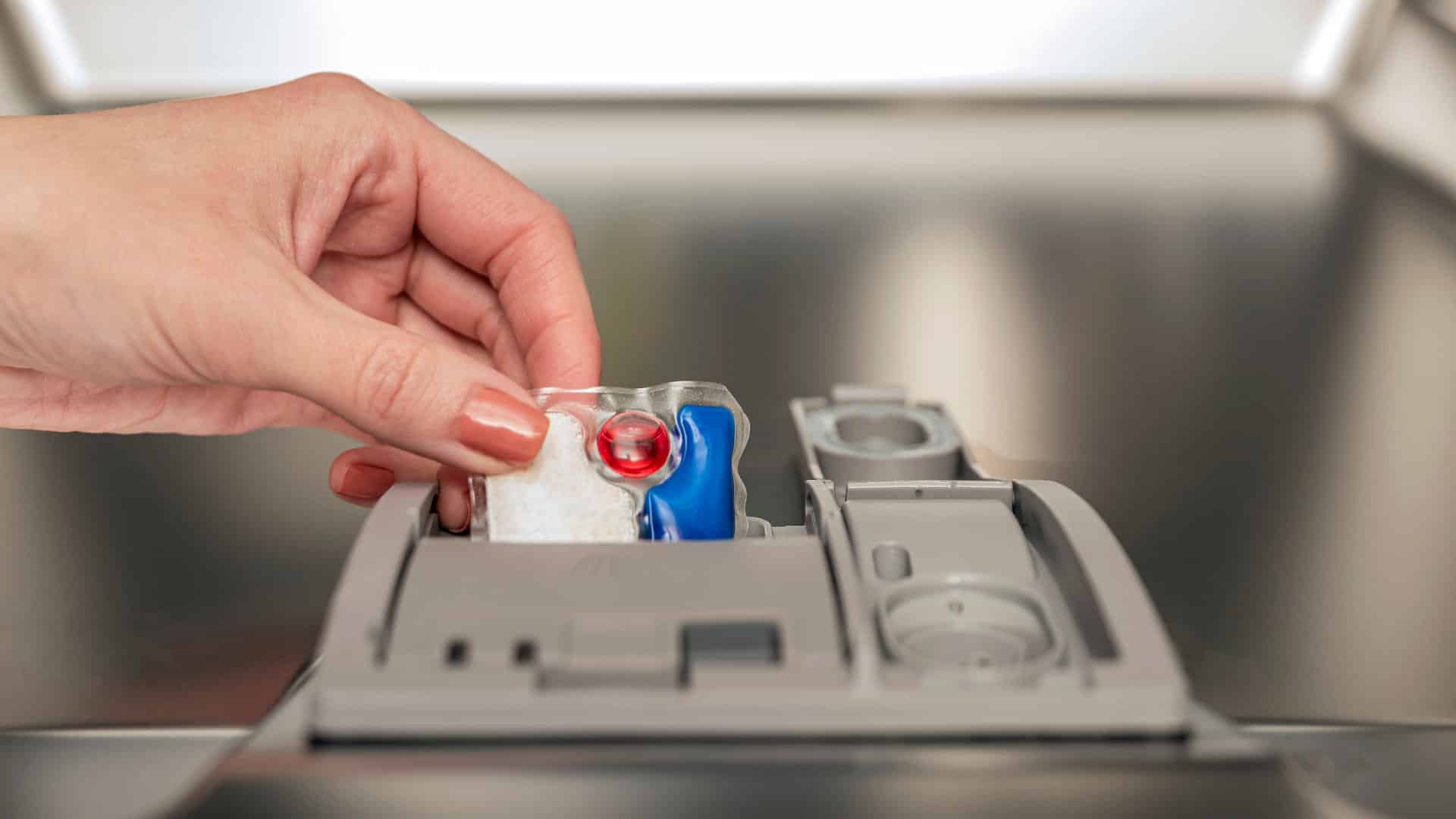
How to Clear E24 Error on Bosch Dishwasher

Samsung Dryer Not Heating Properly? (5 Fixes)

Why Is Your Mini Fridge Not Cooling? (5 Potential Reasons)
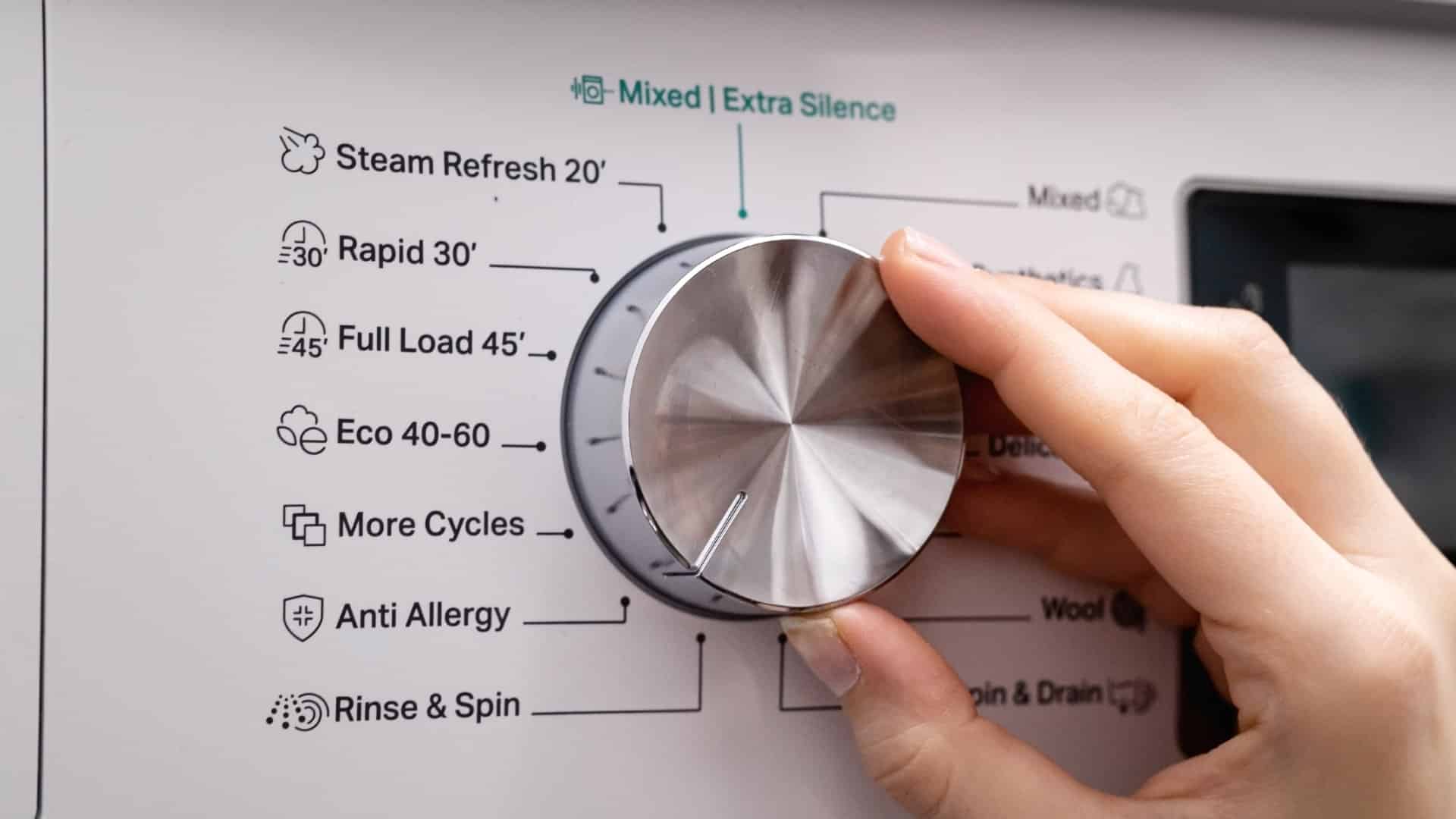
How to Fix Samsung Washer Error Code 4C
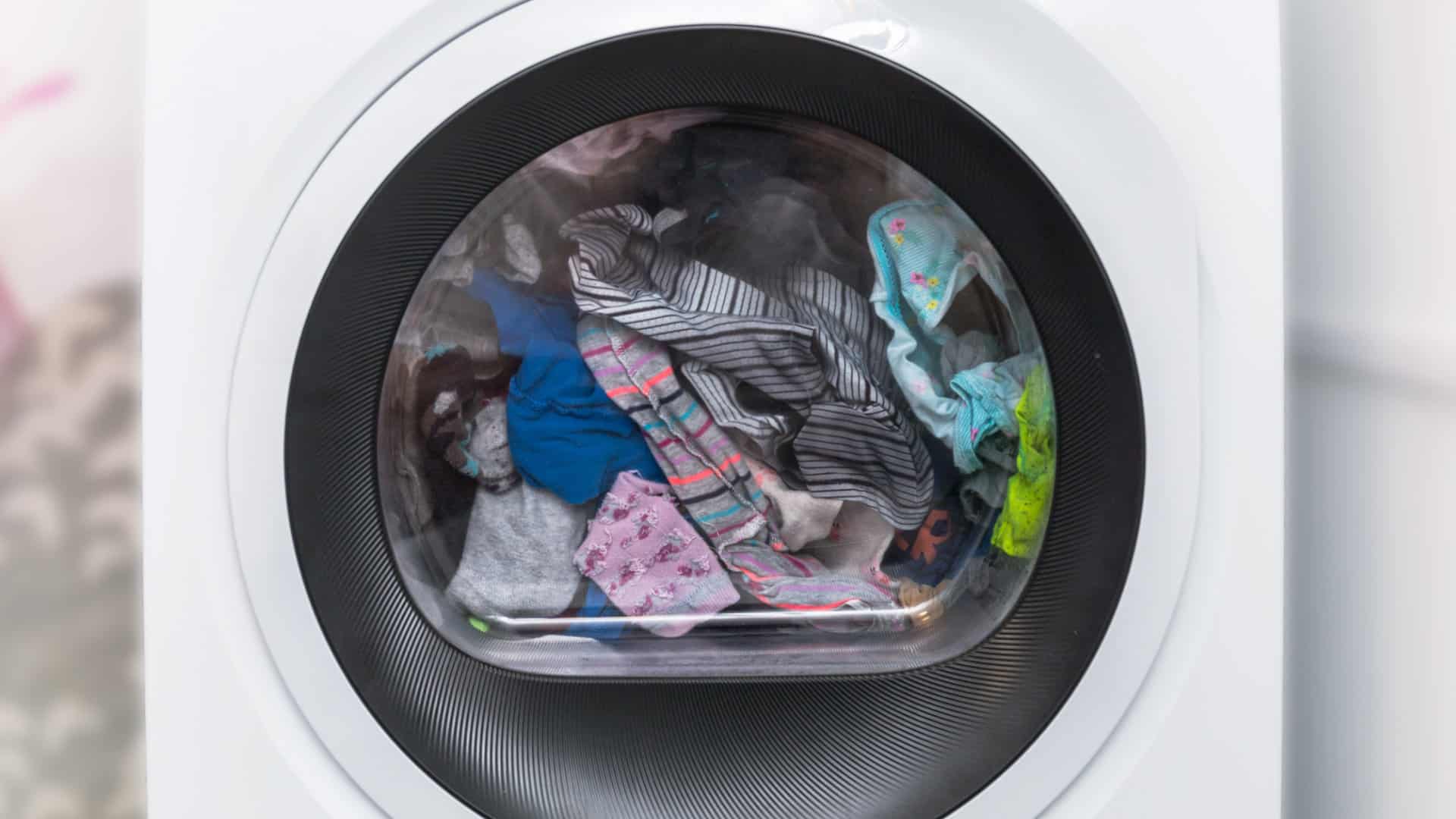
How to Resolve UE Error Code on your LG Washer
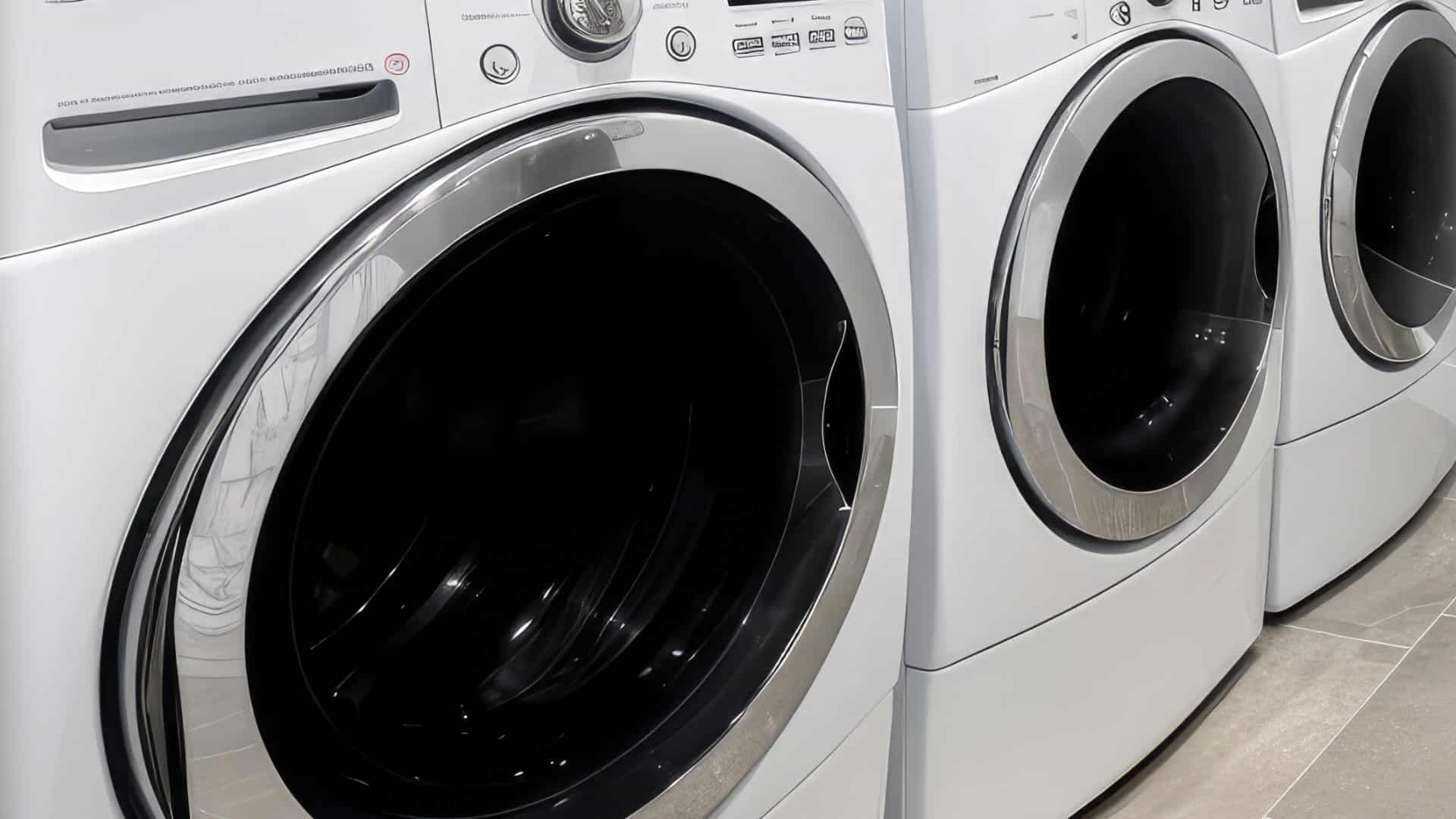
LG Washing Machine Error Codes: How to Fix Them
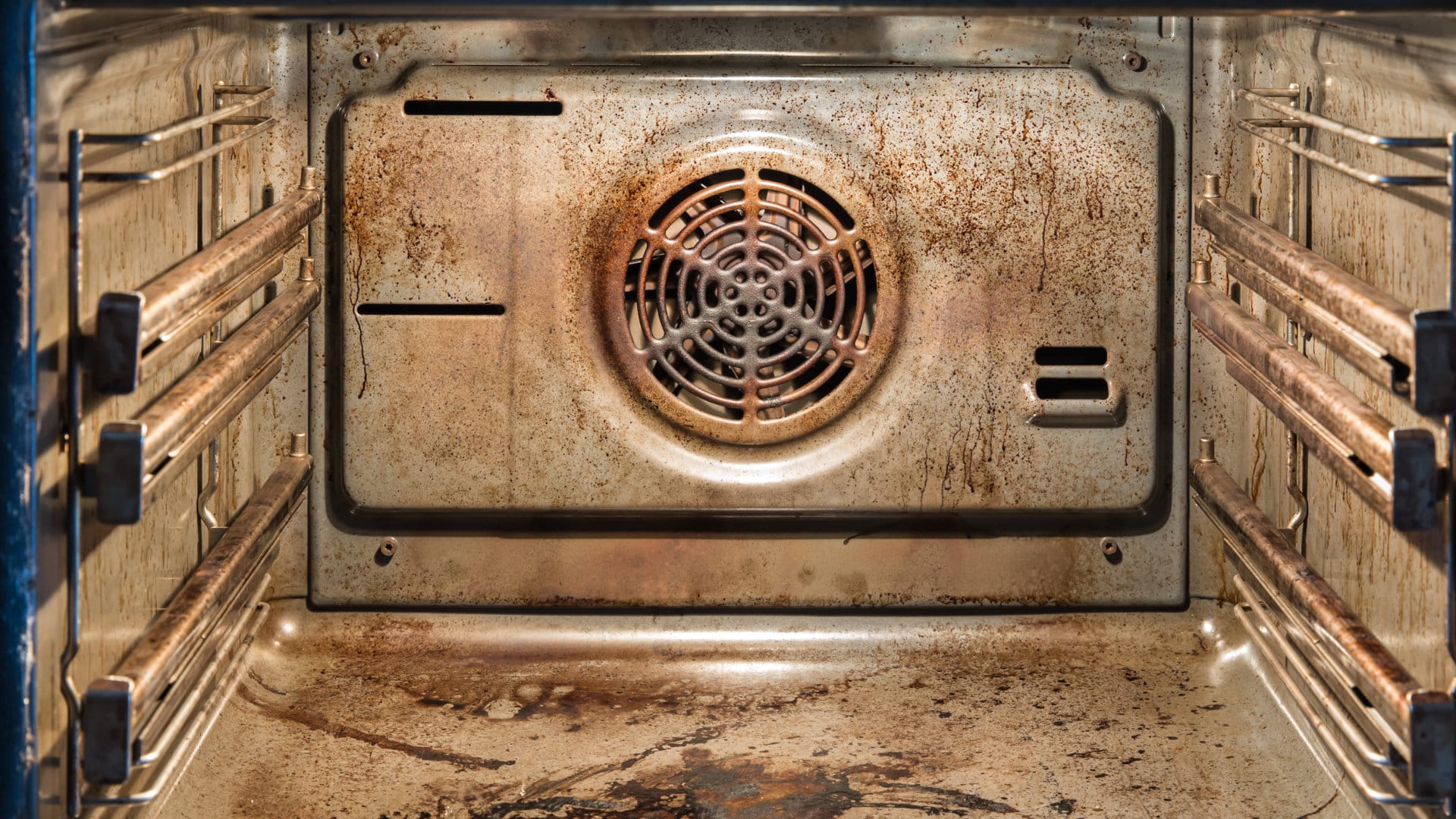
How to Unlock LG Oven Door (After Self-Cleaning)
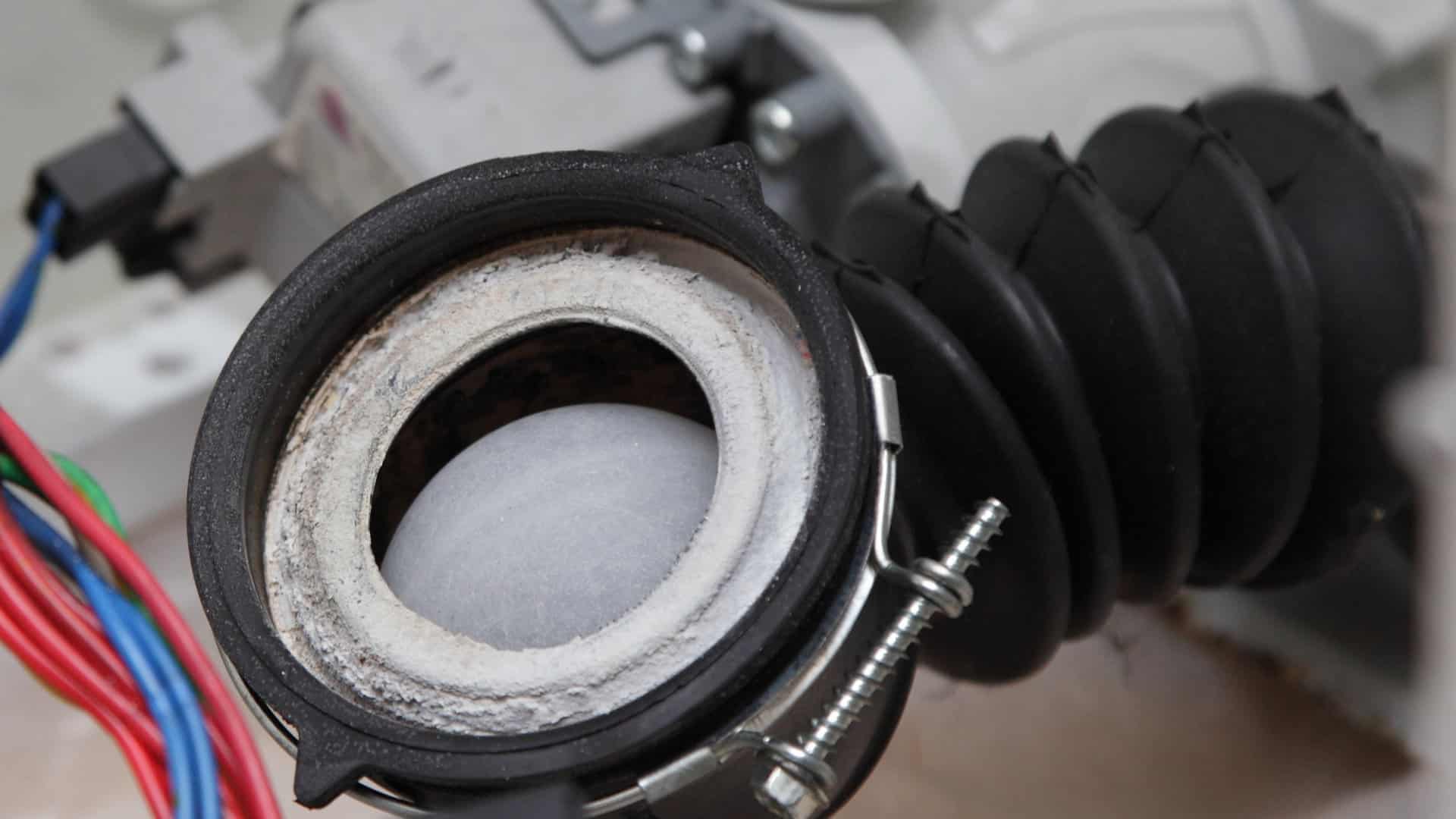
How to Fix LG Washer DE Error Code

Why Your Microwave Is Not Working
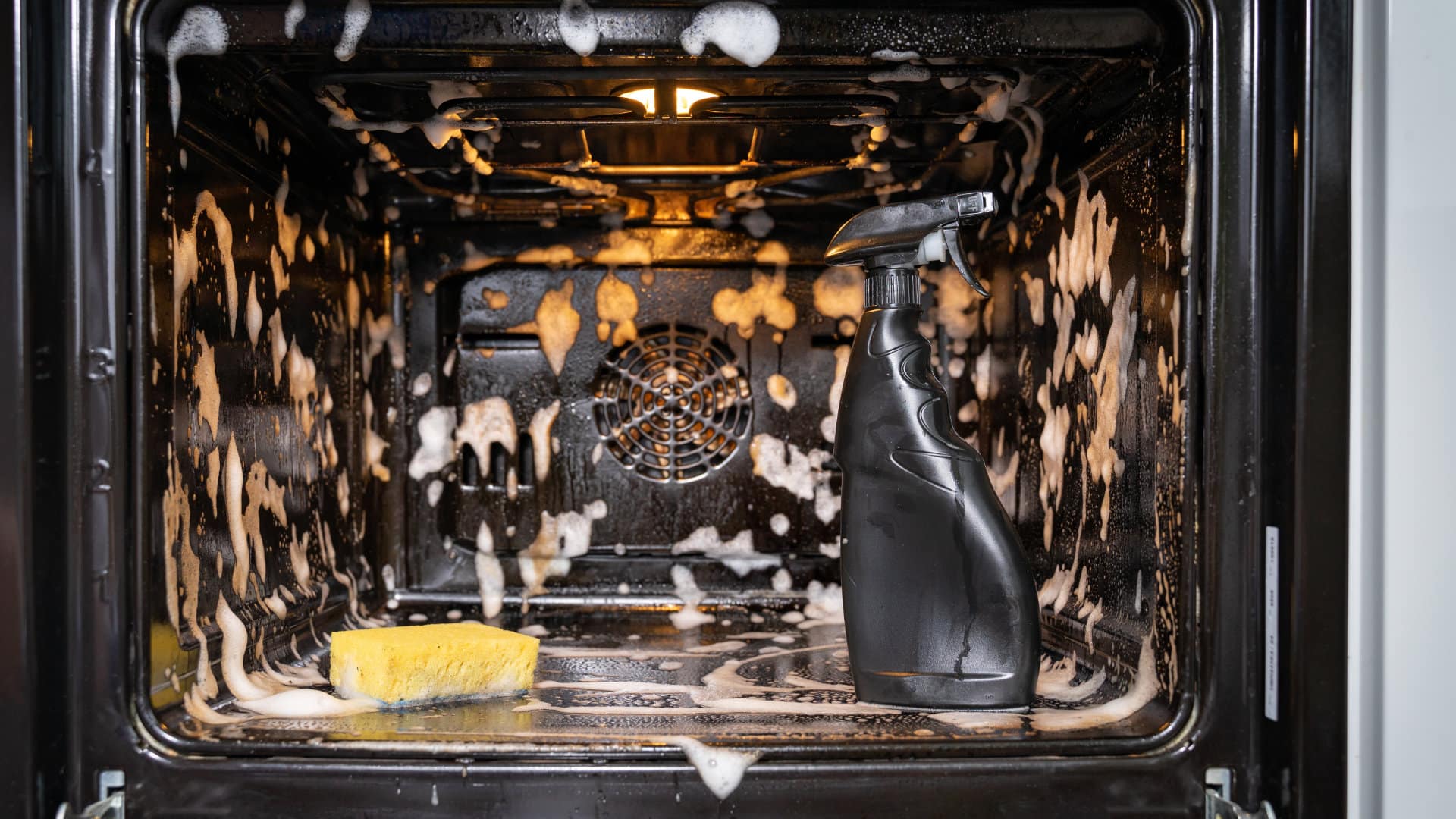
The Quick Guide To Using a GE Self-Cleaning Oven

How to Clean Your Dishwasher with Vinegar

How to Fix a Noisy Refrigerator
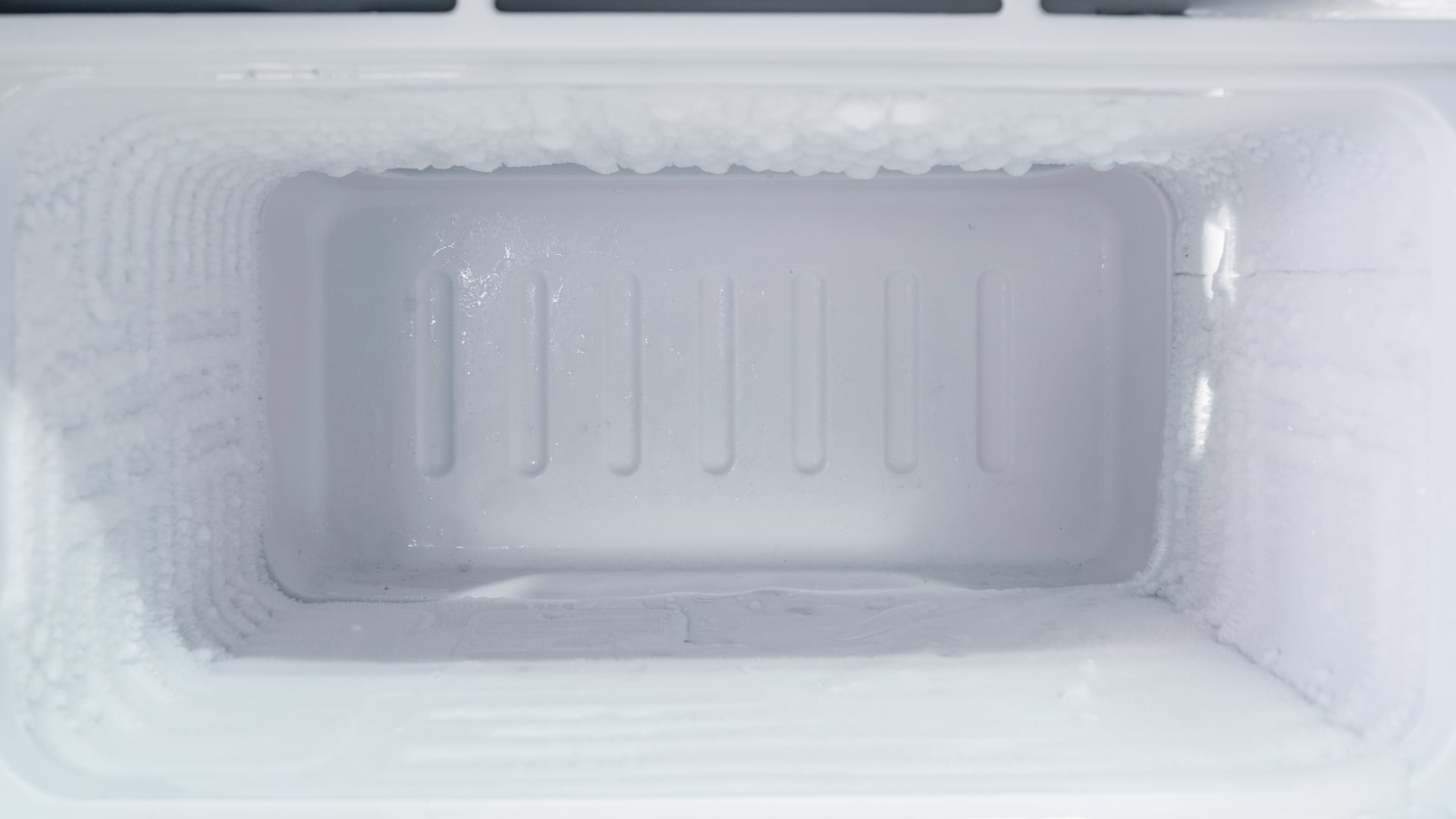
How to Remove Frost Build-up from the Freezer

5 Ways To Clean Your Microwave Naturally


